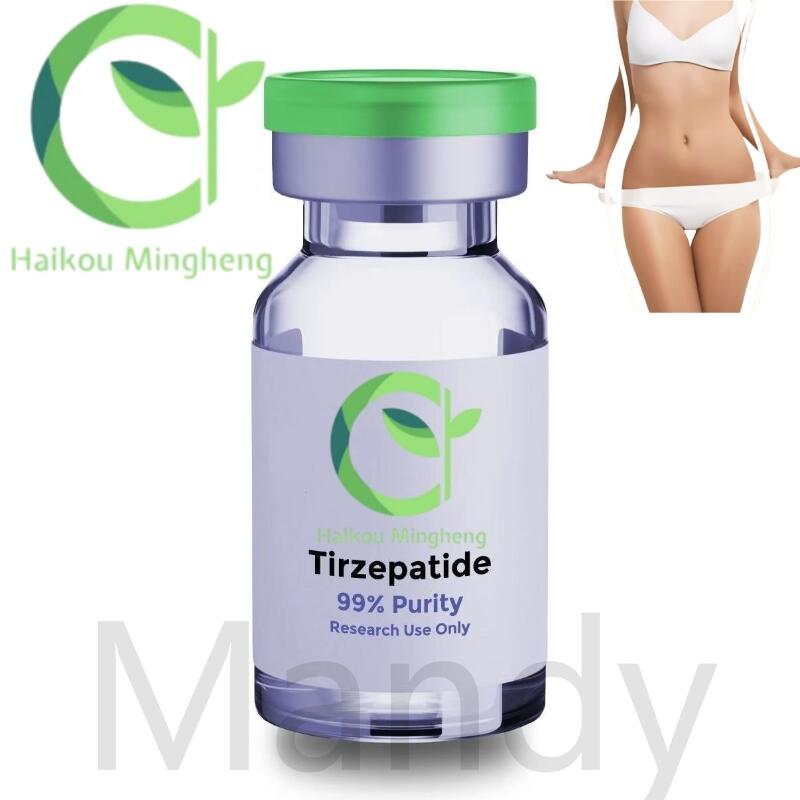It is the 21st amino acid of human body, which is rarely concerned by people, but has a huge impact on health!
-
Last Update: 2019-01-30
-
Source: Internet
-
Author: User
Search more information of high quality chemicals, good prices and reliable suppliers, visit
www.echemi.com
Methionine, valine, leucine, threonine How many kinds of amino acids make up our body's important proteins? Some friends with basic biology, medicine and nutrition may easily say the answer: "20 kinds" However, as early as 1986, chambers in the UK and zinoni in Germany told you that the number of amino acids in the human body might need another one: The 21st amino acid - selenocysteine Amino acids that make up human proteins: glycine, alanine, valine, leucine, isoleucine, tryptophan, phenylalanine, methionine, serine, threonine, aspartic acid, cysteine, histidine, arginine, tyrosine, lysine, asparagine, glutamic acid, proline, glutamine (20 basic amino acids), and selenocysteine Amino acid (special 21st amino acid) Why is selenocysteine the 21st amino acid?
Selenocysteine (SEC): it is the main form of selenium in protein, and also the only amino acid containing quasi metal elements Chambers et al Found selenocysteine in the gene encoding process when they studied and identified the role of glutathione peroxidase in some animals, and proposed that selenocysteine was encoded by UGA, and the corresponding DNA codon was TGA Zinoni also confirmed this finding in more subsequent experiments When we were studying biology in high school, biology teachers often talked about three kinds of termination Codes: UAG, UAA and UGA Suddenly found that UGA is the termination codon, then how can we code amino acids?
Uncover the truth
Selenocysteine and stop codon occupy the same codon Selenocysteine entry into protein is controlled by the UGA codon in mRNA frame and stem loop structure of downstream chain This special structure is called SECIS The UGA codon is usually used as the termination codon of protein synthesis, but when SECIS appears in the downstream of the UGA codon of mRNA chain, the UGA codon becomes the codon of selenocysteine, which instead encodes selenocysteine, so that selenocysteine can be incorporated into the polypeptide chain It is this characteristic that is subject to tissue regulation that makes selenocysteine not replace methionine in protein randomly and affect protein activity like selenocysteine Therefore, l-selenomethylselenocysteine, which can only be transformed into selenoprotein precursor H2Se and embedded in the protein in the form of selenocysteine, is safer than other selenium sources Small science l-selenomethylselenocysteine (semcys): it is the third generation of nutritional fortifier approved by CFDA in China and FDA in the United States It has the functions of inhibiting tumor, antioxidation, auxiliary treatment of cardiovascular disease, detoxification and detoxification It can not only form a variety of selenoproteins through the safe inorganic selenium pathway (H2Se selenocysteine), but also play a variety of physiological functions through the methylation pathway (the anticancer active form of methylselenole) Why is selenocysteine so important?
So far, selenocysteine has been found to be the active center of 25 selenases and the soul of selenases (especially antioxidant enzymes) Without this 21st amino acid, selenase would not work and people would have all sorts of problems Effects of some selenoproteins on health or health Selenium containing enzyme function or health effect Glutathione peroxidase (GPxs) antioxidant enzymes family: scavenging hydrogen peroxide, lipid peroxidase, phospholipid and cholesterol peroxidase Gpx1 (cytoplasma) reduces retroviral virulence by preventing viral mutations; deficiency leads to cardiomyopathy The antiapoptotic effect of gpx2 (gastrointestinal tract) in the colonic crypt is helpful to maintain the integrity of intestinal mucosa Antioxidant in GPx3 (plasma) extracellular fluid; protects thyroid from oxidative damage GPx4 (phospholipid) exists in high concentration in testis, which is very important for sperm vitality The production of thyroid hormone T3 and anti T3 (RT3) with the activity of iodothyronine deiodinase (DIO) Production of T3 in thyroid and peripheral tissues of dio1 (thyroid, liver, kidney, etc.) The production of T3 in the peripheral tissues of DIO 2 (brain, pituitary, muscle, ear, heart, etc.) is related to type 2 diabetes mellitus, insulin resistance, osteoarthritis, bone mineral density and mental retardation RT3 produced by DIO3 (cerebral cortex, skin, placenta, pregnant uterus); prevention of fetal overexposure to t313 osteoarthritis Selenoprotein P (sepp1) is a major contributor of plasma selenium and a good indicator of selenium status; it is necessary for male fertility; it is related to fasting blood glucose; chelating agent of heavy metals; it is related to prostate cancer, colorectal adenoma and colorectal cancer Thioredoxin reductase (TrxR) catalyzes redox reactions of various substrates (especially thioredoxin); required for DNA synthesis TrxR1 (cytoplasm / nucleus) controls transcription factor activity, cell proliferation and apoptosis Trxr2 (mitochondria) is essential for the viability of cardiomyocytes Trxr3 (testicular specificity) Selenoprotein S (SEPS1) is anti-inflammatory; it protects the endoplasmic reticulum stress-induced apoptosis; it is related to glucose metabolism and insulin sensitivity 15kDa selenoprotein (Sep15) is located in endoplasmic reticulum; it may affect glycoprotein folding; it is related to prostate cancer mortality, lung cancer and rectal cancer Selenoprotein n (SelN) regulates calcium mobilization for early muscle development; mutations lead to muscle diseases including multiple diseases However, there is no organ for storing selenium in human body, which means that we must continuously supplement selenium needed by human body through diet Our "21st amino acid - selenocysteine", although not as "famous" as other amino acids, is undoubtedly one of our indispensable nutrients.
This article is an English version of an article which is originally in the Chinese language on echemi.com and is provided for information purposes only.
This website makes no representation or warranty of any kind, either expressed or implied, as to the accuracy, completeness ownership or reliability of
the article or any translations thereof. If you have any concerns or complaints relating to the article, please send an email, providing a detailed
description of the concern or complaint, to
service@echemi.com. A staff member will contact you within 5 working days. Once verified, infringing content
will be removed immediately.







